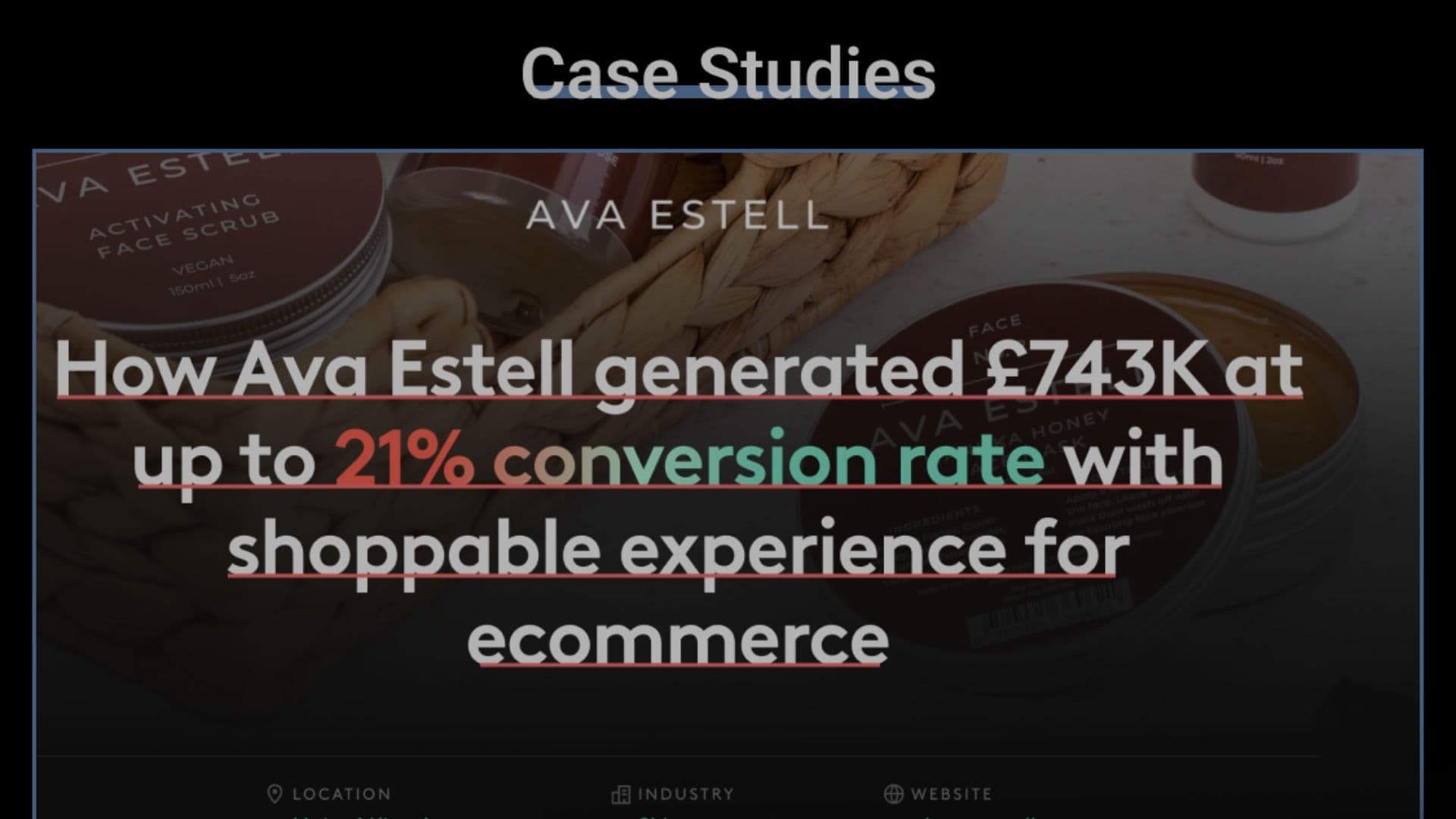5 Types of Social Proof And Examples
Why You Need Social Proof and Why It Works:
Easy. It builds trust and increases conversions.
Social Proof works so well because humans are wired to follow the actions of others - it's called "herd mentality."
Social Proof helps potential customers envision themselves in a position like those who have already used your product or service, which confirms that your product can fix their pain points.
Other forms of social proof allow your brand to borrow someone else’s status or credibility.
It's a form of social comparison that can make your offering more attractive and relevant to them.
5 Types of Social Proof And Examples
These forms of social proof allow your brand to borrow someone else’s status or credibility.
It's a form of social comparison that can make your offering more attractive and relevant to them.
1. Testimonials

These are statements made by individuals or organizations that have used a product or service and are willing to vouch for its effectiveness or quality.
2. Wisdom of the Crowd Social Proof

This includes social media metrics such as followers and subscribers, as well as # of users and sales (either # of products sold or even # of servings sold, for example).
3. Case Studies

These are detailed accounts of how a product or service has been used to solve a problem or achieve a specific goal. They provide real-life examples of how a product or service has benefited others. Weight loss before and after come to mind.
4. Expert Endorsements

When an expert in a particular field or industry recommends a product or service, it can be a very powerful tool. This is because the expert's credibility and authority can be seen as a stamp of approval for the product or service. You are pretty much borrowing the expert's credibility & authority for your product or service.
5. User-Generated Content

Short "UGC” includes customer reviews, ratings, and photos or videos. It's a great way to influence purchasing decisions by providing real-life examples of how a product or service has benefited others.
It's more trustworthy than marketing materials because it comes from a third party and provides social proof that the product or service is popular and in demand.
Not only that, but it also helps potential customers envision themselves using and benefiting from the product or service.
Dos and Don'ts
But nuance is needed, and brand owners make a couple of common mistakes when employing social proof.
1. Don't Fake It
Authenticity is key when building your brand, which also means keeping "bad" reviews on your product page.
As mentioned in this study, a user rating of 4.2-4.5 will perform better than 4.9 because it comes across as authentic and not over-moderated.
For the best possible results, use a 3rd party review service. Customers know that you can't manipulate reviews on a site you don't own. So every good review will be even more powerful.
Bonus: Please NEVER use stock images for your "customer" testimonials. These days customers can easily tell that they are stock images and not actually the people who wrote these reviews.
2. Higher Quality = Better Results
Social proof that is harder to get (e.g., a well-known award in your industry) will outperform cheap social proof (a text review).
Just like an Oscar is worth more than your 3rd-grade hockey participation medal.
Here's a short tier list: Awards & Certifications > Expert Endorsements > Celebrity Endorsements > Video Reviews > Text Reviews (incl. Pictures) > Text Reviews without pictures.
Note: Volume is still king. This is based on a 1:1 comparison (e.g., 50 awards > 50 text reviews but 5000 text reviews > 1 award).
3. Use Relevant People
Don't just use any big names when paying for endorsements. If you sell swimming gear, an endorsement from Michael Phelps is more valuable than paying Kim Kardashian $500,000 to say, "Oh my gosh, guys, I'm OBSESSED with these new swimming goggles.”
So pick the people representing your brand wisely.
The same goes for visual content from your reviews.
If you can find relevant videos and images from customers actually using your product (e.g., your swimming goggles in the pool), display them.


